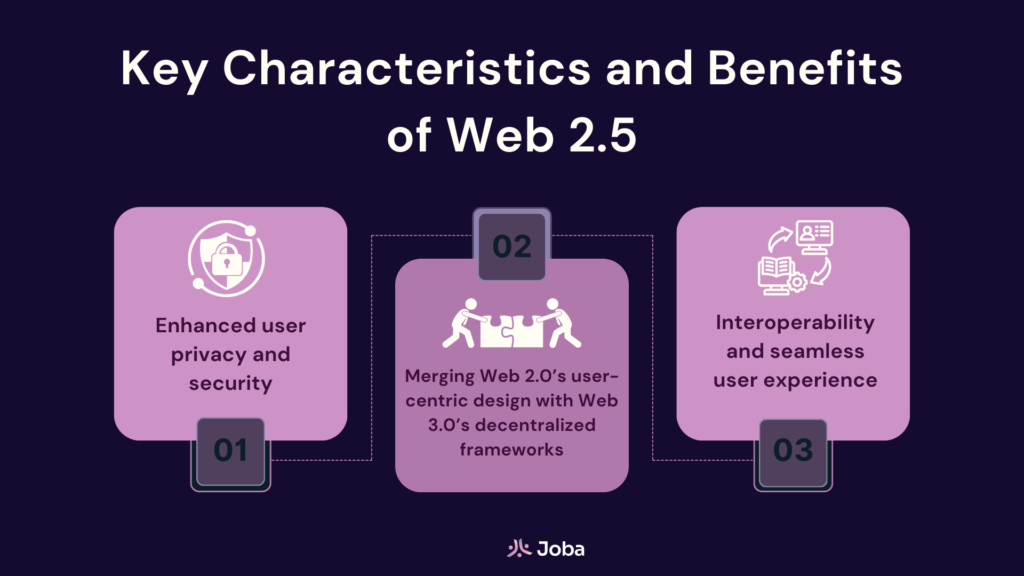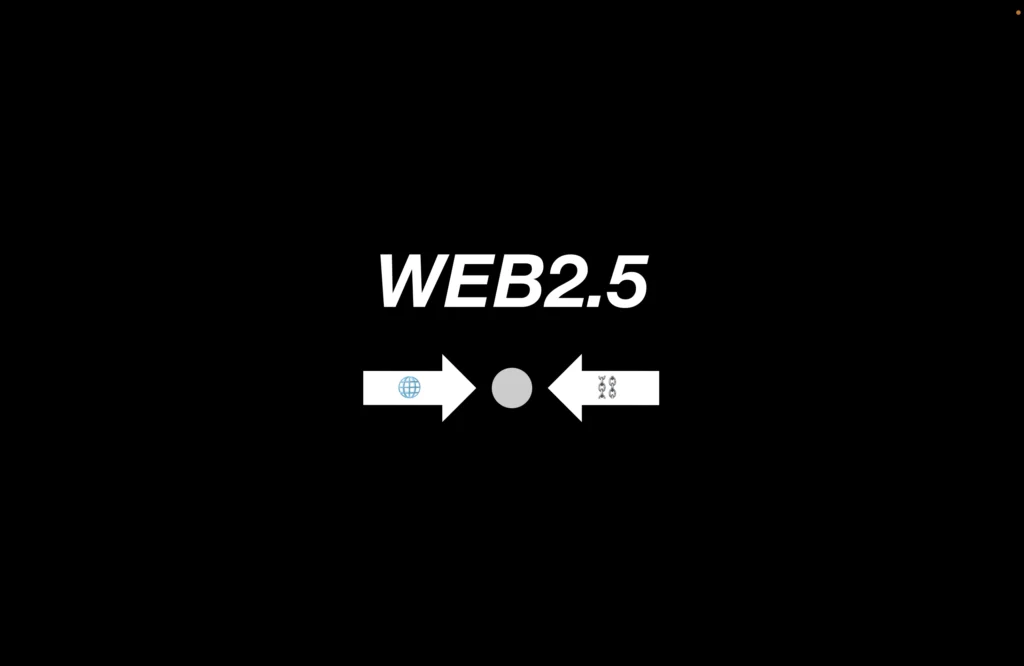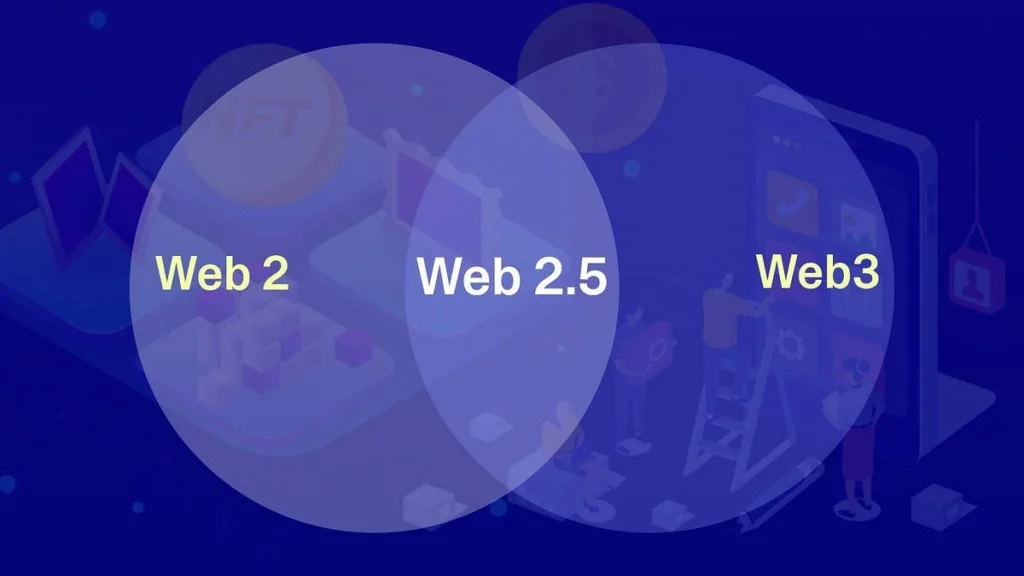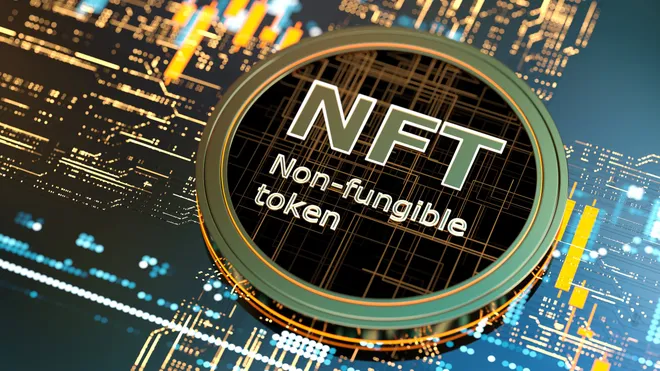Web2.5 Explained: Why This Awkward Middle Ground Might Be Exactly What We Need
Web2.5 Explained: Why This Awkward Middle Ground Might Be Exactly What We Need
Let’s not sugarcoat it—Web2.5 is weird. It’s not the revolutionary internet we were promised with Web3, nor is it the polished, centralized machine that Web2 became. It’s somewhere in between, teetering on the edge of innovation and compromise.
And that might be exactly why it matters.
This term—Web2.5—gets tossed around a lot. Most people nod along without really knowing what it means. So let’s clear the fog: Web2.5 is the internet’s awkward teen phase. A little experimental, a little rebellious, and honestly, a little lost. But like most teens, it’s also where growth happens.

What Web2.5 Really Is (And What It Isn’t)
First off, Web2.5 explained in plain terms: it’s the mashup of Web2’s slick interfaces and Web3’s big promises—ownership, decentralization, transparency.
But here’s the catch—it doesn’t fully deliver on any of it. That’s the truth. Instead, it borrows pieces from Web3 (NFTs, tokens, blockchain) and wraps them in the familiar packaging of Web2 (logins, cloud storage, corporate control).
Why? Because Web3 is still a mess to use. And Web2, for all its flaws, just works.


Practical Examples That Prove the Point
Here’s where Web2.5 starts making sense.
Reddit’s NFT Avatars? You don’t need a wallet. You don’t even need to know what a blockchain is. But there it is—your little avatar, living on the Polygon chain. Reddit handles all the Web3 stuff for you.
Starbucks Odyssey? You’re earning NFTs—sorry, “stamps”—just by being a loyal customer. It’s blockchain-based, but no crypto jargon in sight. Most customers don’t even realize it’s Web3 tech. And that’s kind of the point.
These aren’t pure Web3 experiences. They’re compromises. And frankly, they’re smart ones.


Why Web2.5 Exists (Hint: People Aren’t Ready for Web3)
Let’s be brutally honest—Web3 is not ready for the mainstream. It’s clunky, risky, and overly technical. Wallets get lost, hacks happen daily, and “ownership” often comes with more responsibility than most people want.
So Web2.5 steps in. Not because it’s ideal—but because it’s doable.
- Users want more control but fewer headaches.
- Developers want to ride the Web3 wave without alienating everyone.
- Businesses want innovation, but also need to keep their users from bolting.
So yeah, it’s a compromise. But when has change ever come in a clean package?


The Problem With Web2.5 (Yes, There’s a Catch)
Let’s not pretend Web2.5 is perfect. It’s not.
- Still centralized: You’re trusting companies, not smart contracts.
- Fake ownership: You “own” the NFT… until the platform decides otherwise.
- Slows real progress: Some say Web2.5 delays the dream of a truly decentralized internet.
But here’s my take: maybe the dream needs a reality check.
We’ve been chasing a utopia where everyone controls their data, their money, their digital lives. Sounds great, right? But have you seen what happens when you hand most people full control? Lost keys. Phishing scams. Constant friction. Not exactly paradise.


Final Thoughts: Maybe the “In-Between” Isn’t So Bad
So here we are—Web2.5 explained, warts and all.
It’s not elegant. It’s not revolutionary. It’s definitely not the final form. But it’s here, and it works. And in a world where tech hype often outruns usability, that’s worth something.
Maybe Web2.5 isn’t just a stepping stone. Maybe it’s a reality check. A necessary middle ground where we test Web3 ideas without wrecking the user experience we’ve come to expect.
So instead of asking, “When will we get to Web3?”, maybe the better question is, “How can we make the transition human enough to work?”
Because if Web2.5 gets us there—flaws and all—then maybe it’s not awkward. Maybe it’s essential.
Relevant Link : Here




